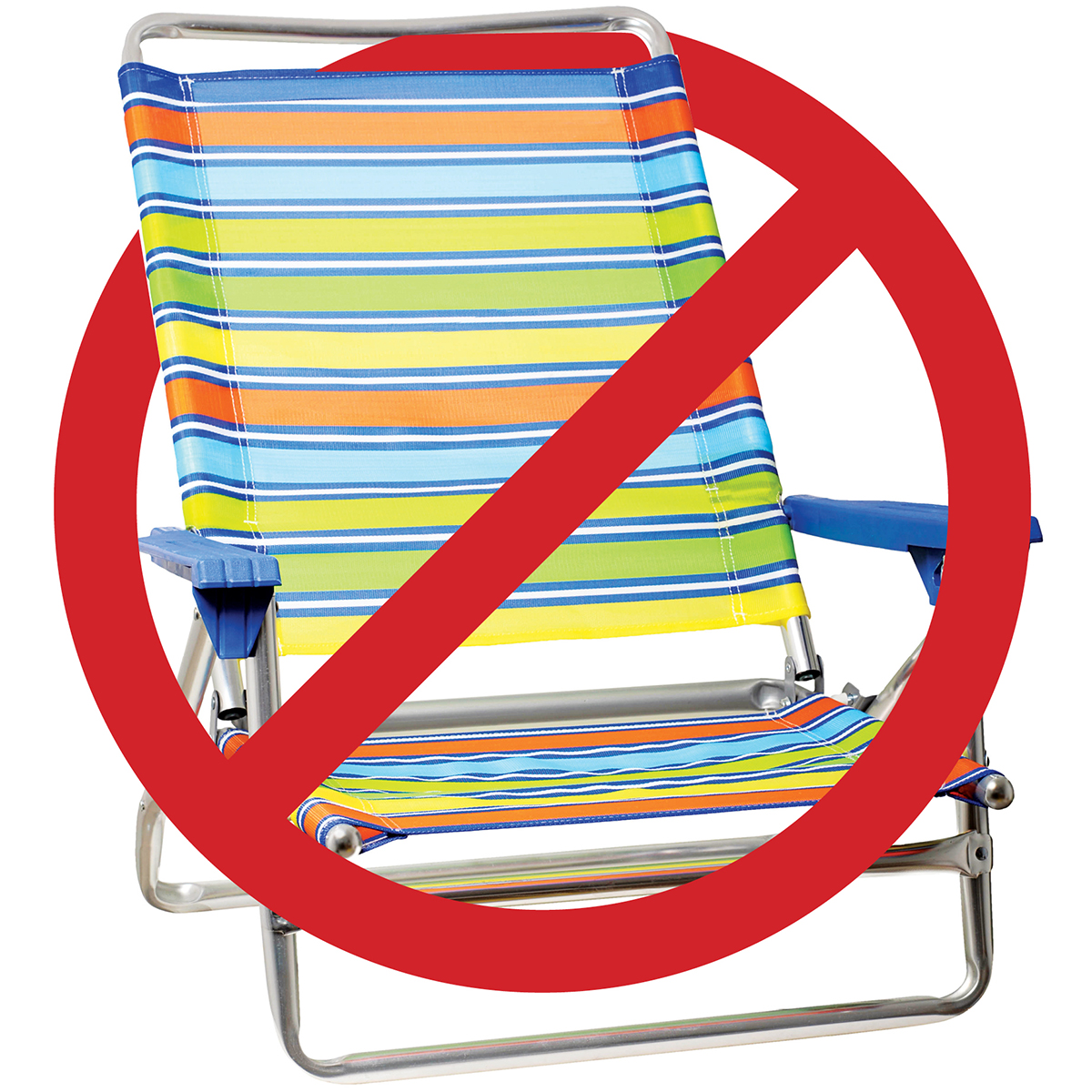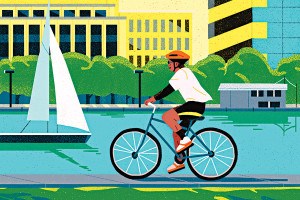Space Savers Are Banned in the South End

Photograph by iStock
Let’s face it: in a city where parking space is precious, every snowstorm can turn our streets into a battlefield. The familiar culprit? Space savers—which include anything from bright-orange road cones to ironing boards to life-size cardboard cutouts of the Rock—plopped into cleared-out public parking spots to mark the shoveler’s territory. Over the years, Bostonians have notoriously taken the law into their own hands to defend their painstakingly excavated parking spaces, slashing neighbors’ tires, keying car doors, punching one another in the face, and even shooting off rounds of live ammo. Still, for all the chaos and bloodshed space savers have led to, they continue to receive the full support of City Hall, which says it’s A-okay to call dibs on a spot in the first 48 hours after a snow emergency. Except, that is, in one of the city’s toniest neighborhoods: the South End.
In 2015, city officials gave the South End the exclusive right to ban space savers, effectively positioning it as the Switzerland of Boston’s parking wars—a wealthy bystander nibbling on gourmet chocolate while the rest of us slug it out over tiny patches of shoveled pavement. In fact, the more you look at it, the more the move starts to look an awful lot like policy designed for the privileged.
Not only is it unfair to treat one neighborhood differently, but by allowing the South End to operate under its own rules, Mayor Marty Walsh has also inadvertently created an alarming disparity in how city services are deployed and delivered. If a resident of Roxbury or Brighton, for instance, calls the city the morning after a snowstorm to complain about a space saver, not a finger will be lifted nor a penny spent. If that same call comes from the South End, however, the city will dispatch a public works crew to free up the parking spot faster than Walsh can find time in his schedule to meet with a union leader.
Yet the South End’s ban is about far more than just parking spots, says Stephen Fox, head of the South End Forum, an umbrella group representing the neighborhood. It’s about his neighborhood’s desire to maintain a modicum of civility in a wintry metropolis gone mad. A few years ago, Fox contends, space savers popped up outside their usual enclaves of Southie, Dorchester, and the North End, when social media and nightly news segments gave an inordinate amount of attention to them. Things got ugly fast, with threatening notes, smashed windshields, and trips to the hospital, and the South End wasn’t immune to the trend. “It was not something,” Fox says, “that people felt was conducive to building a community that was respectful and courteous.”
So why does the South End get special treatment? For starters, the neighborhood organized and asked for it. All 15 of the area’s community groups—yes, there are 15 separate associations representing the South End’s 1.034 square miles—unanimously agreed to the ban and launched bilingual public-education campaigns, collaborated with public works officials, and even got trash contractors involved. Most important, though, after years of failed attempts to sell former Mayor Tom Menino on the idea, South End organizers finally broke through to Walsh. “The mayor heard the request,” Jerome Smith, City Hall’s chief of civic engagement, said in a statement, “and then worked with the neighborhood to implement [it].”
As a result, other Boston communities feel left out in the cold. From Fenway to Beacon Hill, various neighborhoods have tried unsuccessfully to replicate the South End’s policy. “I don’t think we should allow space savers in the North End,” says Mary McGee, president of the North End/Waterfront Residents’ Association, a group that joined several downtown neighborhoods last year in a failed bid to ban space savers. “It is a luxury we really can’t afford. The South End has been vocal about it, and maybe they have more juice than we have in the North End. But I can’t fault them for that.”
For his part, Fox supports other neighborhoods that want to follow in the South End’s footsteps. After all, the very essence of civility is at stake, he argues, and “no one owns the street.”


